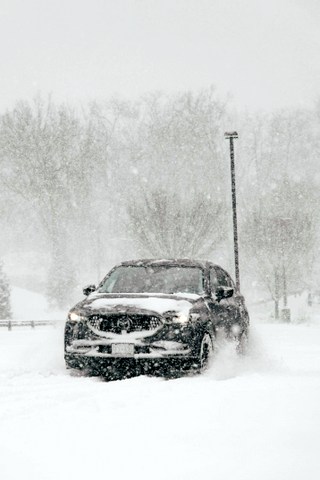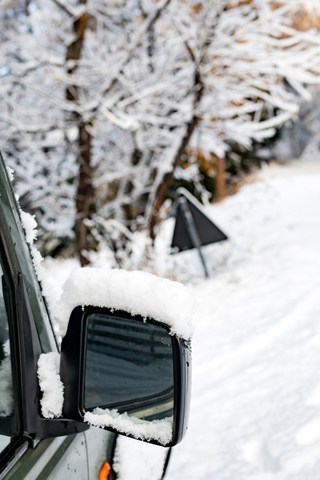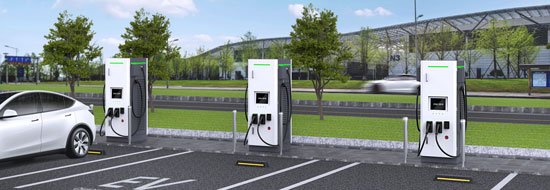Tips to Keep Running Smoothly in the Cold
This article may contain affiliate links.
Winter can be harsh on our vehicles. The plummeting temperatures, icy roads and snowfall can wreak havoc on even the most reliable cars. From dead batteries to frozen engines, the cold season presents a slew of challenges for drivers. But fear not! With a little preparation and know-how, you can keep your car running smoothly throughout the winter months. In this comprehensive guide, we’ll explore some of the most common winter car problems and provide practical tips on how to prepare your car for winter to prevent them.
1. Dead Battery Woes
One of the most prevalent issues during winter is dealing with a dead battery. The cold weather can cause your battery’s power output to decrease, making it harder for your engine to start. To prevent this frustrating situation:

- Get a Battery Check-Up – Before winter sets in, take your car to a mechanic or auto parts store for a battery inspection. They can test its voltage and make sure it’s in good condition.
- Keep It Charged – If your car sits idle for long periods, consider investing in a trickle charger to keep the battery charged.
- Turn Off Accessories – Minimize the use of power-hungry accessories like heaters and seat warmers when the engine is off to preserve battery life.
2. Frozen Fuel Lines
When temperatures plummet, the moisture in your fuel lines can freeze, preventing fuel from reaching the engine. This can lead to difficulty starting your car or stalling while driving. Here’s how to avoid this chilling problem:
- Use Fuel Additives – Add a fuel de-icer to your tank regularly to prevent moisture buildup in the fuel lines.
- Keep the Tank Full – Try to keep your gas tank at least half full during the winter months. This reduces the risk of condensation forming in the tank and fuel lines.
- Park Indoors if Possible – Parking your car in a garage or sheltered area can help keep it warmer and reduce the likelihood of frozen fuel lines.
3. Icy Windshield Woes
Dealing with an icy windshield on a cold winter morning is a hassle no one enjoys. But with the right tools and techniques, you can clear the ice quickly and safely:
- Invest in a Good Ice Scraper – Make sure you have a sturdy ice scraper with a brush to remove ice and snow from your windshield and windows.
- Use De-Icer Spray – Keep a bottle of de-icer spray handy to melt stubborn ice patches on your windshield.
- Cover Your Windshield – Consider using a windshield cover or tarp to protect your windshield overnight and prevent ice buildup.

4. Stuck in Snow
Getting stuck in the snow is a common winter nightmare for drivers. Whether you’re trying to navigate snowy streets or digging out of a parking spot, being prepared can make all the difference:
- Add Snow Tires – Consider investing in a set of snow tires for better traction and control in snowy and icy conditions.
- Keep a Shovel Handy – Keep a sturdy shovel in your trunk to dig yourself out if you get stuck in the snow.
- Use Traction Aids – Carry traction aids like sand, kitty litter, or traction mats to help your tires gain traction on slick surfaces.
5. Frozen Door Locks
Frozen door locks can leave you stranded outside your car on a frigid winter day. Here’s how to thaw them out and get back on the road:
- Use De-Icer Spray – Spray a small amount of de-icer into the keyhole to melt the ice and free up the lock mechanism.
- Heat the Key – Carefully heat your car key with a lighter or match, then insert it into the lock to melt the ice.
- Keep Locks Lubricated – Prevent frozen locks by keeping them lubricated with graphite or silicone spray.
6. Engine Overheating
While it may seem counterintuitive, your car’s engine can still overheat in winter, especially if there’s an issue with the cooling system. Keep an eye out for these warning signs and take preventive measures:
- Check Coolant Levels – Make sure your car’s coolant levels are topped up and the mixture is appropriate for cold temperatures.
- Inspect the Radiator – Regularly inspect the radiator and hoses for leaks or damage that could cause overheating.
- Don’t Ignore Warning Signs – If your car’s temperature gauge starts creeping into the red zone or you notice steam coming from under the hood, pull over and let the engine cool down before continuing your journey.
Conclusion
Winter may bring its fair share of challenges for drivers, but with the right preparation and precautions, you can minimize the risk of common car problems. From dead batteries to frozen door locks, taking proactive steps to protect your vehicle can save you time, money, and frustration in the long run. So before the next cold snap hits, take the time to winterize your car and ensure a smooth ride all season long.
The post Common Winter Car Problems and How to Prevent Them first appeared on Clean Fleet Report.
[ad_2]
Source link




